Fern-leaved grevillea
- December 5, 2023
- 0 comment
The Fern-Leaved Grevillea, scientifically known as Grevillea bipinnatifida, is a captivating evergreen shrub native to Australia, where it thrives in a variety of habitats ranging from coastal heathlands to mountainous regions. This unique species is renowned for its distinctive fern-like leaves, which are deeply lobed and give the plant an elegant and feathery appearance.

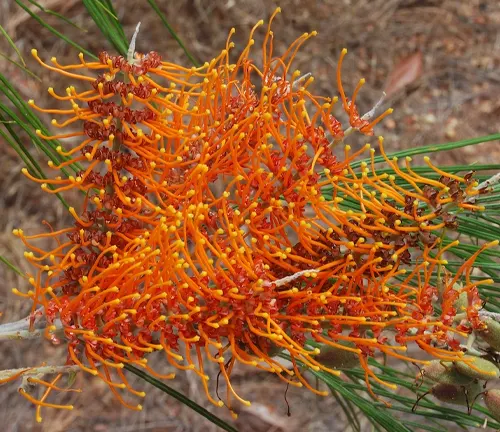
The foliage, with its silver-gray hue, adds a touch of refinement to gardens and landscapes. The Fern-Leaved Grevillea produces striking clusters of vibrant, nectar-rich flowers that vary in color from red and orange to pink and yellow, attracting a plethora of native birds and pollinators. This hardy and adaptable shrub is well-suited for a range of climates, displaying resilience in both drought-prone and temperate conditions.
Gardeners often appreciate its low-maintenance nature and use it for ornamental purposes, while its ecological value as a habitat and food source for wildlife further enhances its appeal. With its unique foliage and colorful blooms, the Fern-Leaved Grevillea stands as a testament to the rich biodiversity and natural beauty of Australian flora.
| Aspect | Evergreen Shrub |
|---|---|
| Scientific Name | Grevillea bipinnatifida |
| Foliage | Fern-like, deeply lobed, silver-gray |
| Flower Color | Red, orange, pink, yellow |
| Blooming Season | Variable, depending on climate and conditions |
| Height | Typically 3 to 8 feet (0.9 to 2.4 meters) |
| Width | 4 to 10 feet (1.2 to 3 meters) |
| Climate | Adaptable, thrives in various climates |
| Soil Type | Well-draining soil |
| Watering Needs | Moderate, drought-tolerant |
| Sun Exposure | Full sun to partial shade |
| Wildlife Attraction | Attracts native birds and pollinators |
| Uses | Ornamental landscaping, wildlife habitat |
| Maintenance | Low maintenance |
| Origin | Native to Australia |
Botanical Beauty of Fern-Leaved Grevillea
The Fern-Leaved Grevillea, scientifically known as Grevillea bipinnatifida, stands out as a botanical marvel, captivating enthusiasts and nature lovers alike. Its charm lies in the distinctive fern-like leaves that adorn its branches, imparting an elegant and feathery appearance. The silver-gray foliage adds a touch of sophistication to gardens and landscapes, making it a sought-after ornamental shrub. The intricate design of its leaves not only showcases nature’s creativity but also contributes to the plant’s allure as a botanical beauty.

Woodland Elegance

Amidst woodlands and open landscapes, the Fern-Leaved Grevillea graces the scenery with woodland elegance. Its presence enhances the natural beauty of its surroundings, creating a picturesque scene. The finely cut leaves sway gracefully in the breeze, creating a mesmerizing display. Whether as a standalone specimen or part of a diverse plant community, the woodland elegance of this Grevillea species adds a touch of refinement to any environment.
Ecological Importance
Beyond its visual appeal, the Fern-Leaved Grevillea holds ecological significance. Native to Australia, this evergreen shrub plays a vital role in supporting biodiversity. The vibrant, nectar-rich flowers attract native birds and pollinators, contributing to the ecological balance of its habitat. Serving as a haven for wildlife, this Grevillea species embodies the interconnectedness of flora and fauna in the natural world.
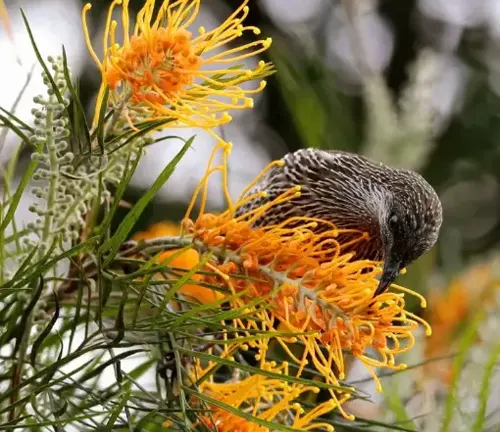
Cultivation and Conservation

Cultivating the Fern-Leaved Grevillea is a rewarding endeavor for gardeners and conservationists alike. Known for its adaptability, this shrub thrives in a range of climates, displaying resilience in both drought-prone and temperate conditions. Its low-maintenance nature makes it a favorite among gardeners, while its conservation value lies in preserving native plant species and supporting local ecosystems.
Fragrance
While renowned for its visual appeal, the Fern-Leaved Grevillea surprises with a subtle yet delightful fragrance. The blooms release a pleasant scent that adds an olfactory dimension to its overall charm. The fragrance further enhances the sensory experience of having this botanical gem in gardens or natural landscapes, making it a multisensory delight.
Soil Stabilization
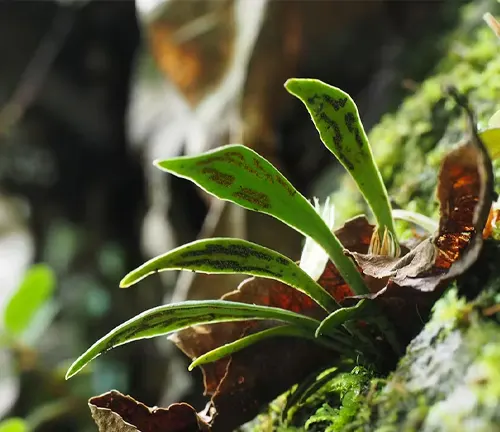
Beyond its aesthetic and olfactory virtues, the Fern-Leaved Grevillea contributes to soil stabilization. Its extensive root system helps prevent soil erosion, making it an excellent choice for landscaping in areas prone to erosion. This added benefit reinforces its role as a versatile and environmentally conscious plant.
Common Uses
Gardeners and landscapers frequently employ the Fern-Leaved Grevillea for various purposes. Whether as a focal point in a garden bed, a border plant, or part of a native plant restoration project, its adaptability and visual appeal make it a versatile choice. Its common uses extend from residential gardens to larger-scale environmental restoration efforts.
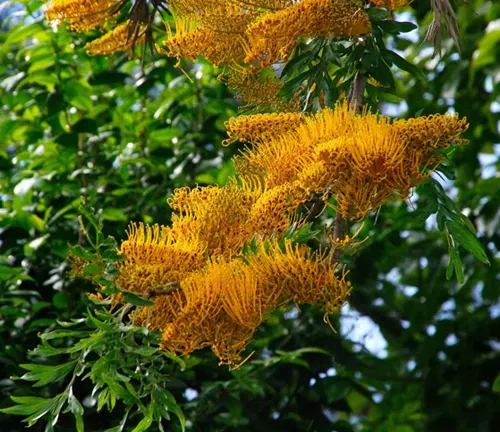
Benefits
The benefits of incorporating Fern-Leaved Grevillea into landscapes are manifold. From its aesthetic contributions to ecological support, soil stabilization, and ease of cultivation, this botanical beauty offers a host of advantages. Its presence in gardens not only enhances the visual appeal but also fosters a connection with nature and contributes to the well-being of local ecosystems.
Different Species
Grevillea bipinnatifida
This is the botanical name for the Fern-Leaved Grevillea, which is commonly referred to by this name. It is native to Australia and is known for its finely divided fern-like leaves.
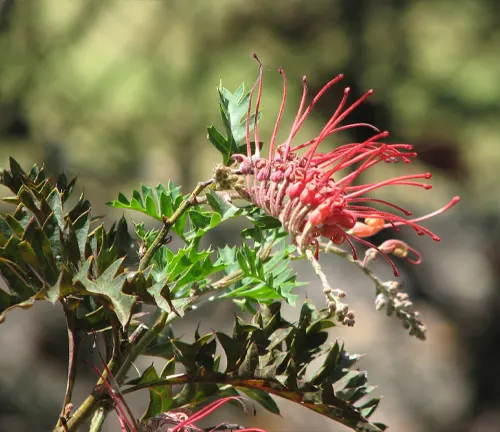
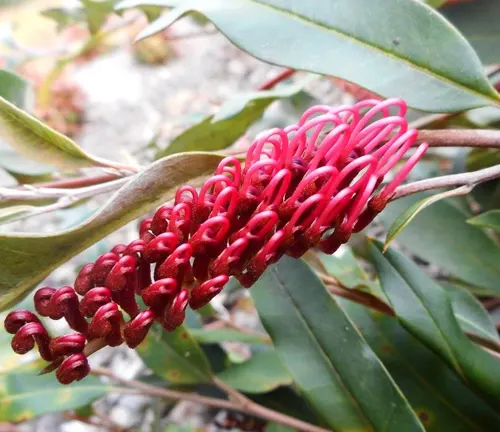
Grevillea ‘Poorinda Royal Mantle’
This cultivar is a low-growing ground cover that features fern-like foliage and produces vibrant red or pink spider-like flowers. It is well-suited for rockeries or as a cascading plant in garden landscapes.
Grevillea ‘Poorinda Queen’
Another cultivar in the Poorinda series, ‘Poorinda Queen’ is a small to medium-sized shrub with finely divided leaves and attractive pink to red flowers.
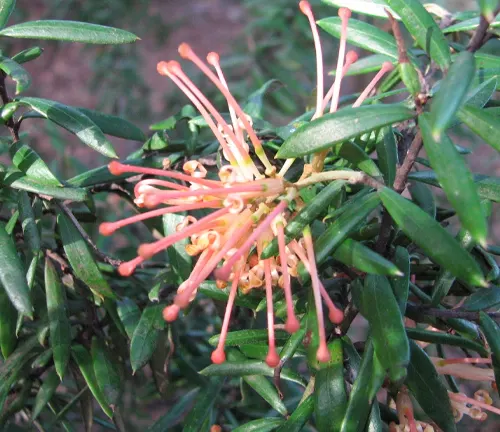
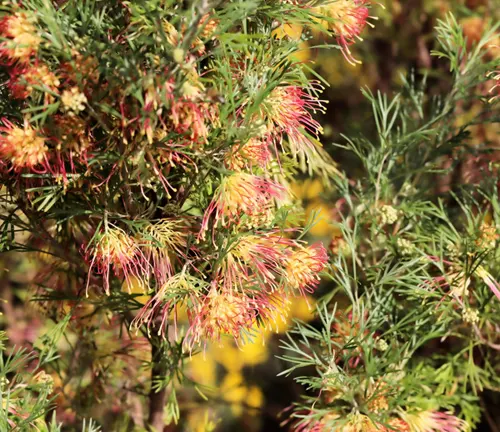
Grevillea ‘Flora Mason’
This cultivar is valued for its attractive foliage and clusters of pink to red flowers. It is a medium-sized shrub that can add visual interest to gardens and landscapes.
Grevillea ‘Bronze Rambler’
As the name suggests, this cultivar is a low-growing ground cover with bronze-colored new growth. It produces red or pink spider-like flowers, creating a unique and eye-catching display.
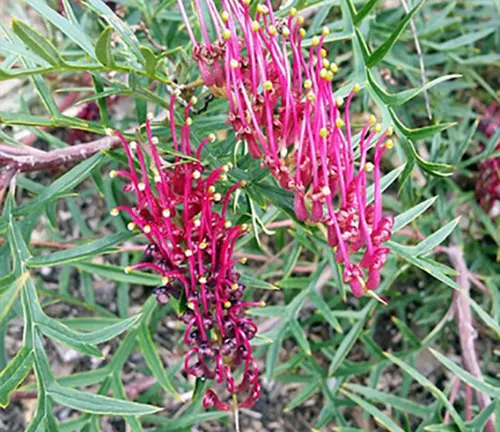
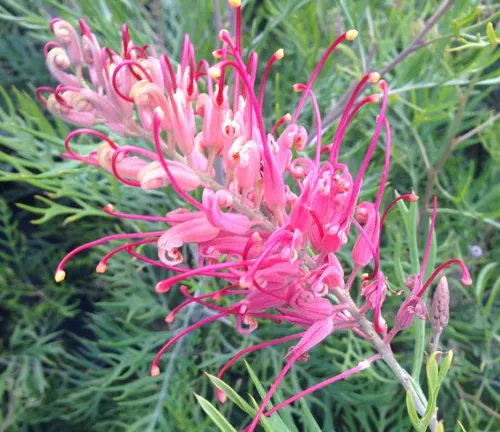
Grevillea ‘Coconut Ice’
This cultivar is known for its distinctive cream and pink-tipped flowers. It is a medium-sized shrub with fern-like leaves, making it a popular choice for ornamental gardens.
Grevillea ‘Elegance’
‘Elegance’ is a compact shrub with finely divided leaves and clusters of pink to red flowers. Its manageable size makes it suitable for smaller gardens or as a container plant.
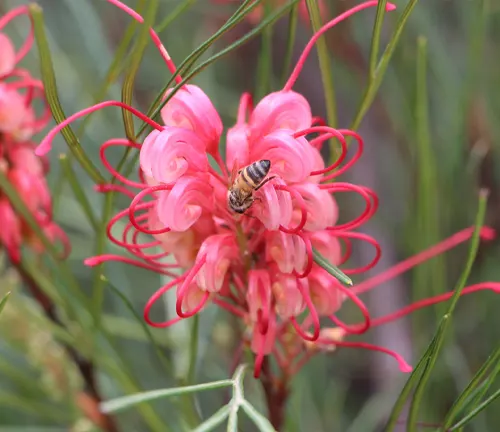
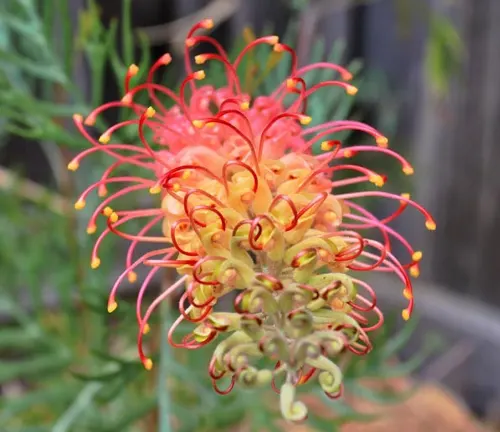
Grevillea ‘Superb’
While not strictly a fern-leaved variety, ‘Superb’ is a popular Grevillea cultivar with distinctive, deeply lobed leaves and striking orange and pink flowers. It is a medium to large shrub that attracts birds and bees.
Frequently Asked Questions (FAQs)
- What is Fern-Leaved Grevillea?
Fern-Leaved Grevillea (Grevillea bipinnatifida) is an evergreen shrub native to Australia, known for its fern-like leaves and vibrant, nectar-rich flowers. It is a popular ornamental plant in gardens and landscapes. - How tall does Fern-Leaved Grevillea typically grow?
The height of Fern-Leaved Grevillea can vary, but it typically reaches a height of 3 to 8 feet (0.9 to 2.4 meters), depending on the specific cultivar and growing conditions. - What are the flower colors of Fern-Leaved Grevillea?
Fern-Leaved Grevillea produces clusters of flowers in various colors, including red, orange, pink, and yellow. The specific flower color may depend on the cultivar. - Is Fern-Leaved Grevillea suitable for my garden’s climate?
Fern-Leaved Grevillea is known for its adaptability and can thrive in various climates. It does well in both drought-prone and temperate conditions, making it suitable for a range of environments. - How do I care for Fern-Leaved Grevillea?
Provide well-draining soil, ensure moderate watering, and place the plant in full sun to partial shade. Regular pruning can help maintain its shape, and the shrub is generally low-maintenance. - Can Fern-Leaved Grevillea attract wildlife to my garden?
Yes, the nectar-rich flowers of Fern-Leaved Grevillea attract native birds and pollinators, contributing to the biodiversity of your garden. - What is the fragrance of Fern-Leaved Grevillea flowers?
While not intensely fragrant, Fern-Leaved Grevillea flowers emit a subtle and pleasant scent, adding to the overall sensory experience in gardens. - Is Fern-Leaved Grevillea suitable for erosion control?
Yes, the extensive root system of Fern-Leaved Grevillea contributes to soil stabilization, making it a good choice for landscaping in areas prone to erosion. - Can Fern-Leaved Grevillea be grown in containers?
While it is generally a larger shrub, certain compact cultivars or dwarf varieties may be suitable for container gardening. Check specific cultivar recommendations for container use. - How can I use Fern-Leaved Grevillea in landscaping?
Fern-Leaved Grevillea can be used as a focal point in garden beds, a border plant, or as part of a native plant restoration project. Its versatility makes it suitable for various landscaping applications.


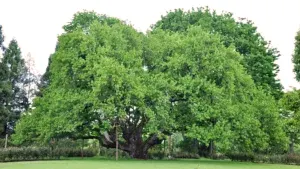
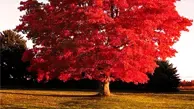
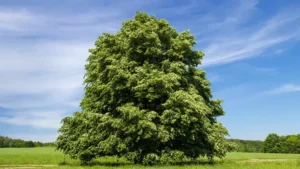
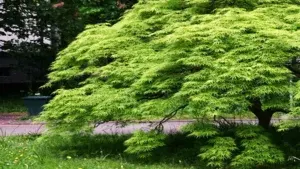
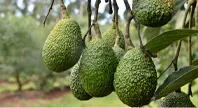

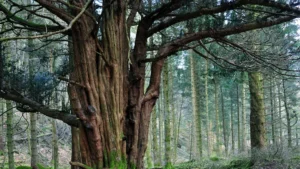

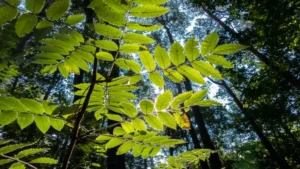
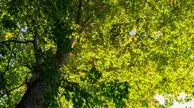
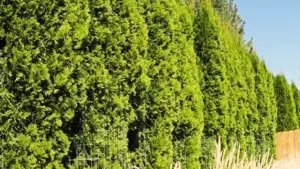
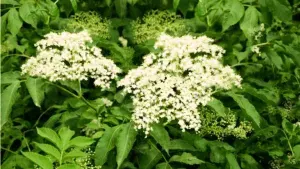
Leave your comment